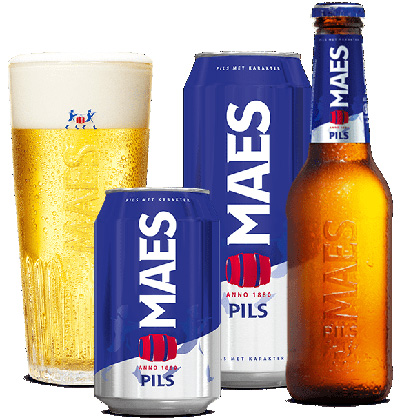Introduction

Limburg is the easternmost province of Flanders, one of the three regions of Belgium, and is located west of the Meuse river. It borders on (clockwise from the North) the Netherlands and the Belgian provinces of Liège, Flemish Brabant and Antwerp. Its capital is Hasselt.
It has a surface area of 2414 km², a population of 791,000 inhabitants, and is divided into three administrative districts (arrondissementen in Dutch) which contain 44 municipalities.
Limburg is crossed by the Albert Canal, and has historically been a major coal-mining area.
In 't Bronsgroen Eikenhout is the "official" anthem of the region of Limburg, both in Belgium and the Netherlands.
Famous people born in the province of Limburg include (chronologically): the co-founder of the World Wide Web Robert Cailliau, and the tennis player Kim Clijsters.
History


In ancient times, the region was home to the Celtic-cross-Germanic tribe of the Eburones, which defeated Julius Caesar under the leadership of Ambiorix. Caesar came back with more legions, and this time exterminated almost all of them, women and children included. The survivors fled to Germania, on the other side of the Rhine.
From the 3th century, the Franks moved in this thinly populated part of the Roman Empire (=> see History of the Franks). During the Merovingian period, Pippin of Landen (580-640), from the town of Landen at the boundary of the modern provinces of Flemish Brabant, Limburg and Liege, was the Mayor of the Palace of Austrasia, and is the ancestor of the Carolingian rulers, based in nearby Liège.
After the division of Charlemagne's Empire between his three grandsons in 843, most of the modern Limburg belonged to the prince-bishopric of Liège, as part of the County of Looz (Loon in Dutch or Lauhun in German). It is not related to the homonymous Duchy of Limburg, which comrprised the region of Maastricht, Verviers and Eupen.
The French occupied the region from 1792 to 1815. From 1815 to 1830, a Dutch province of Limburg was formed with the modern provinces of Belgian Limburg and Dutch Limburg (Maastricht region).
During the Belgian Revolution of Independence of 1830, the whole province of Limburg (including Maastricht) split from the Netherlands with the rest of Belgium. However, the part of Limburg east of the River Meuse had to be ceded back to the Netherlands after the Treaty of London in 1839. In exchange, the Netherlands guaranteed Belgium the right of transit by rail or canal over Dutch territory as an outway to the German Ruhr.
Selected beers from the province of Limburg
- Achel
- Cristal
- Dief !
- Herkenrode
- Jessenhofke
- Judas
- Maes
- Martens Pils
- Ops-Ale
- Pax Pils
- Sint-Gummarus
- Ter Dolen
- Toetëlèr
- Tripel Kanunnik
- Wilderen

Maes is the third best-selling pilsner in Belgium.
Attractions
Related pages
Travel Community
Ask your travel questions on the Benelux Travel Forum